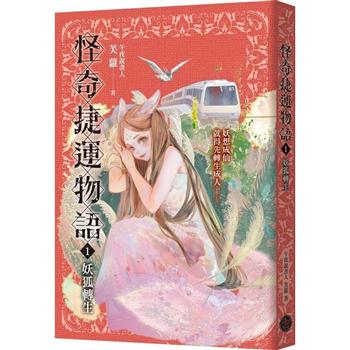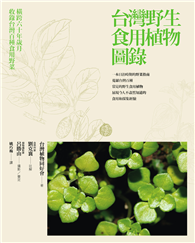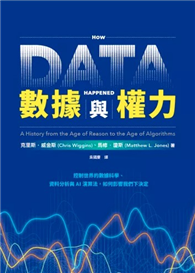法國著名攝影大師亨利.卡蒂埃-布列松(Henri Cartier-Bresson1908-2004),被譽為「20世紀最偉大的攝影家之一」及「現代新聞攝影之父」。他曾與Robert Capa等攝影師成立馬格蘭攝影通訊社,廣泛遊歷各地並從事大量拍攝活動。
布烈松鏡頭下的的巴黎,傳奇不滅,讓世人永遠活在他摯愛的城市。布列松作為知名攝影家,被譽為二十世紀的雙眼,巴黎作為他的家,是他起居的場所,生活的地域。豐富的作品讓人驚艷,也讓這座城市與居民流傳千古。
超過160張,網羅50年攝影生涯,黑白相片經典。有早期的帶有紀實攝影先驅尤金(Eugene Atget)的影響,與超現實主義的攝影風格。1932年後做為古巴主義的畫家洛特(André Lhote)的學徒,布列松拿著小型的萊卡相機,到處街拍,捕捉巴黎的日常脈動。觀察1944年八月,巴黎解放、呼吸自由的巴黎。還有1968年的學生運動,動盪不安的局勢。橫跨多個世代的巴黎風貌,宛如歷史現場的旁觀者。十多年來不懈怠地,與巴黎人共榮共存,流連無數的悲歡離合。讓不少藝術家、作家、政治家與市井小民,依舊活在永恆的剎那間。集結上個世紀,巴黎的黃金時代與破敗,充滿人性淚水的傳世作品。
Henri Cartier-Bresson (1908-2004) was "the eye of the 20th century" and one of the world’s most acclaimed photographers. Paris was his home, on and off, for most of his life and the photographs he took of the city and its people are some of his most recognizable and beloved images.
In this volume are 160 photographs taken from a career lasting more than fifty years. Mostly in black and white, this selection reveals the strong influence of pioneering documentary photographer Eugene Atget (1857-1927) on Cartier-Bresson, and the clear visual links with surrealism that infused his early pictures. After an apprenticeship with cubist painter André Lhote in 1932, Cartier-Bresson bought his first Leica, a small portable camera that allowed him to capture the movement and rhythms of daily life in Paris. Camera in hand, Cartier-Bresson observed the Liberation from the Nazis in August 1944 from close quarters and the civil disturbances of May 1968. For decades he also thrived in capturing native Parisians going about their lives in the city, as well as photographing celebrated artists, writers, politicians, and anonymous citizens.
This collection is not only a superb portrait of Paris in the twentieth century, but a testament to Cartier-Bresson’s skill as a supreme observer of human life.










![2026【補充延伸實務趨勢與議題】觀光資源概要(包括世界史地、觀光資源維護)[華語、外語領隊人員][二十一版](領隊華語人員/外語人員) 2026【補充延伸實務趨勢與議題】觀光資源概要(包括世界史地、觀光資源維護)[華語、外語領隊人員][二十一版](領隊華語人員/外語人員)](https://media.taaze.tw/showLargeImage.html?sc=14100126915)
